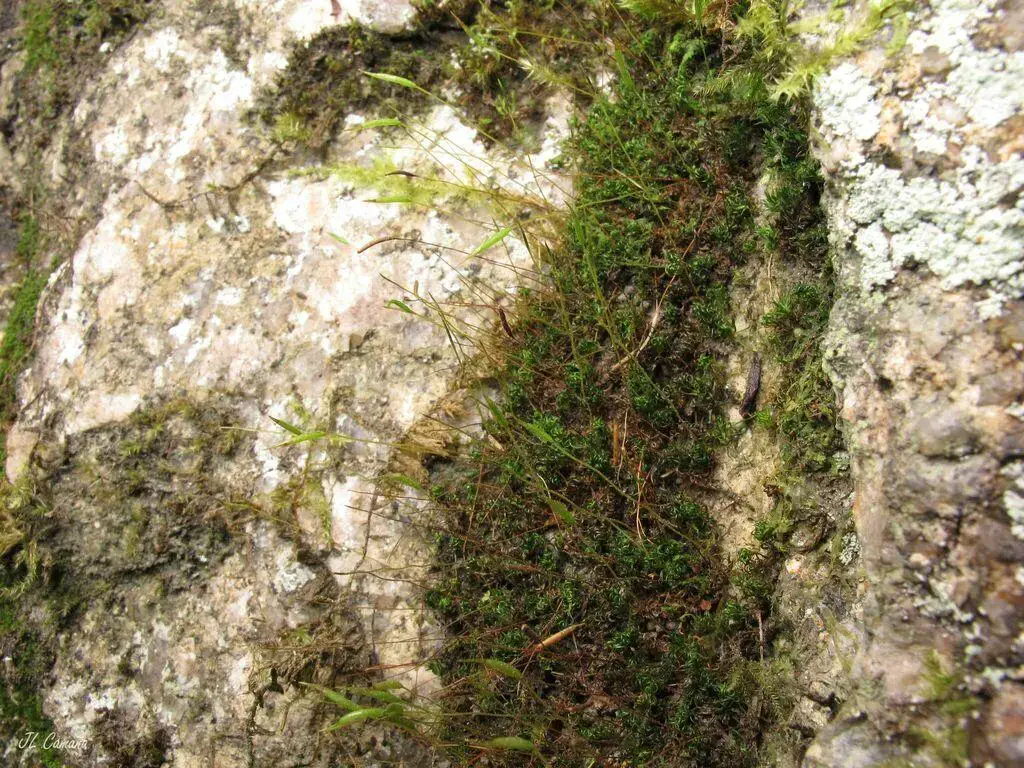
large.jpg from: https://www.inaturalist.org/observations/151653407
Timmiella barbuloides: The Tiny Moss with a Big Story
Introduction
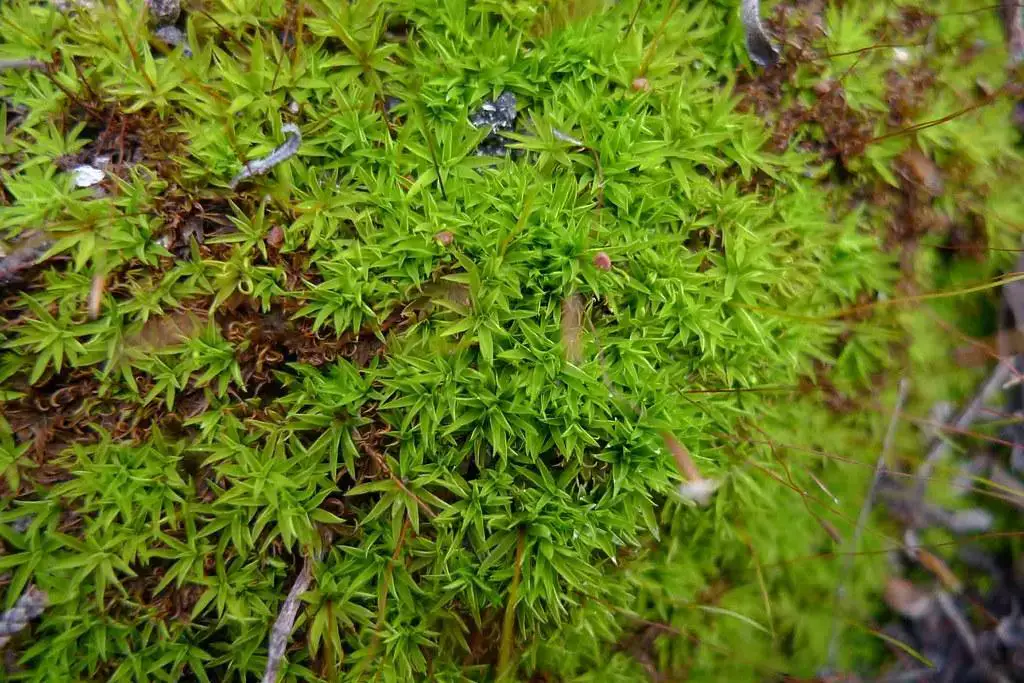
5573722892_b0c53a5d16_b.jpg from: https://www.flickr.com/photos/12639178@N07/5573722892/
When it comes to the world of mosses, Timmiella barbuloides (Brid.) Mönk., also known simply as Timmiella, may not be a household name. But this tiny moss from the Timmiellaceae family has a fascinating story to tell. In this blog post, we’ll dive into the details of Timmiella barbuloides and explore what makes this little bryophyte so special.
Background
Timmiella barbuloides is a species of moss classified in the Bryophyta division and Bryopsida class. It was first described by German botanist Samuel Elisée von Bridel-Brideri in 1819 and later reclassified in the genus Timmiella by German bryologist Wilhelm Mönkemeyer in 1927. The species epithet “barbuloides” means “resembling Barbula”, referring to its similarity to mosses in the genus Barbula.
Morphology and Identification
Timmiella-barbuloides-specimen-from-ZA.ppm from: https://www.researchgate.net/figure/Timmiella-barbuloides-specimen-from-ZA_fig1_370872511
Timmiella barbuloides forms small, dense tufts or cushions, typically growing to about 1-2 cm tall. The leaves are lanceolate (lance-shaped) and have a prominent costa (midrib) that extends to the leaf tip. The leaf margins are entire (smooth-edged) and often recurved (curved back). Timmiella is dioicous, meaning male and female reproductive structures are on separate plants. The seta (stalk bearing the capsule) is yellow to reddish-brown and the capsules are cylindrical and erect.
Global Distribution and Habitat
Timmiella barbuloides has a
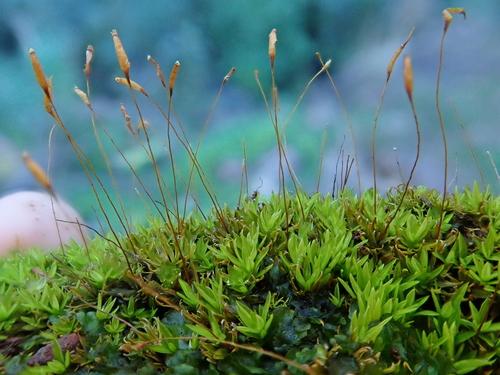
medium.jpeg from: https://www.inaturalist.org/taxa/917724-Timmiella-barbuloides
wide distribution, found on every continent except Antarctica. It grows in a variety of habitats, including on soil, rocks, and tree bases in forests, grasslands, and disturbed areas. The moss is particularly well-adapted to
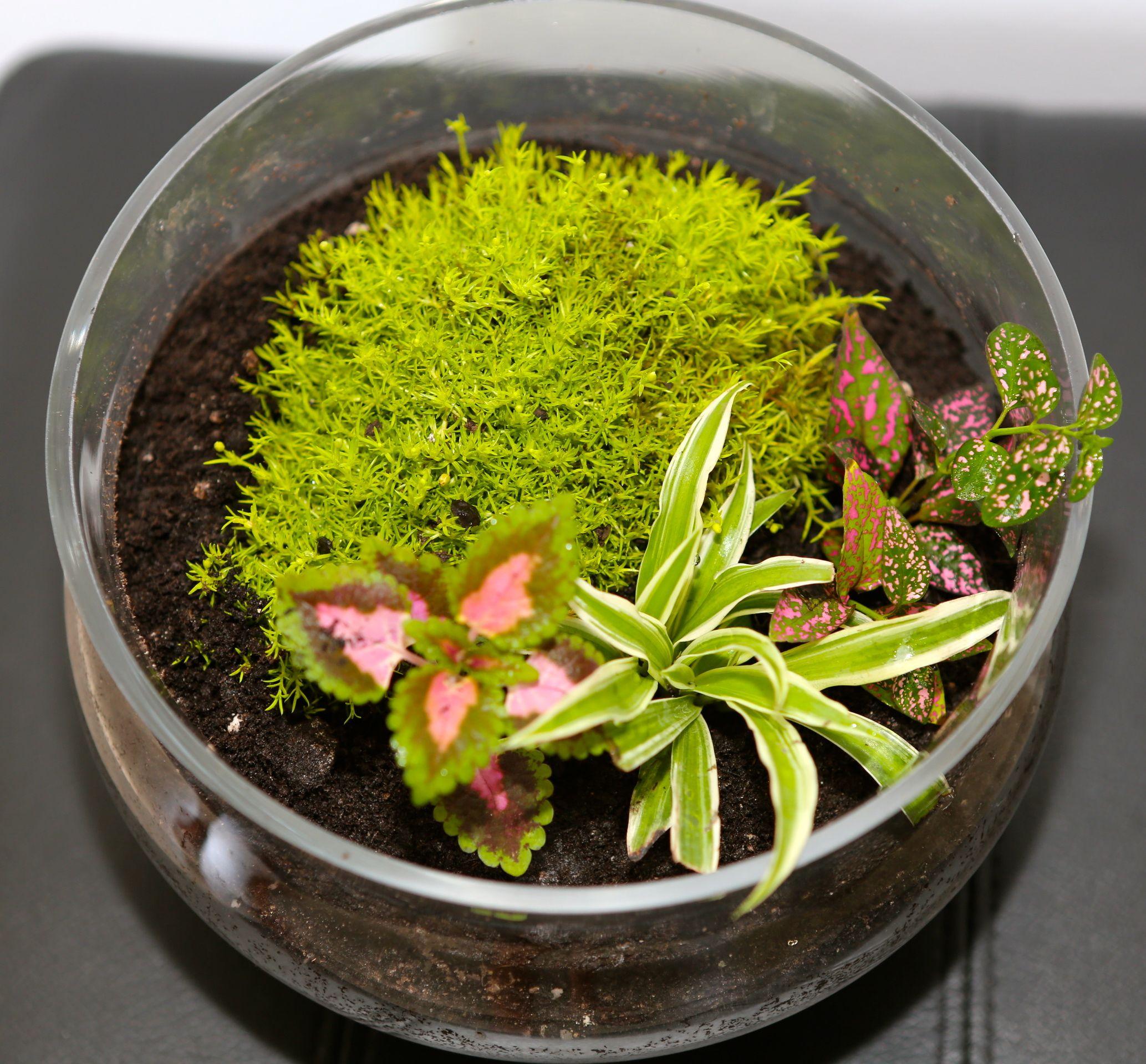
b614dcaf5132eeae4601724b30b1c02e.jpg from: https://www.pinterest.ca/pin/irish-moss-tropical-terrarium-miniecosystem-and-fully-self-sustainable–555842778979761826/
dry, exposed sites and can tolerate periods of desiccation.
Ecological Roles and Adaptations
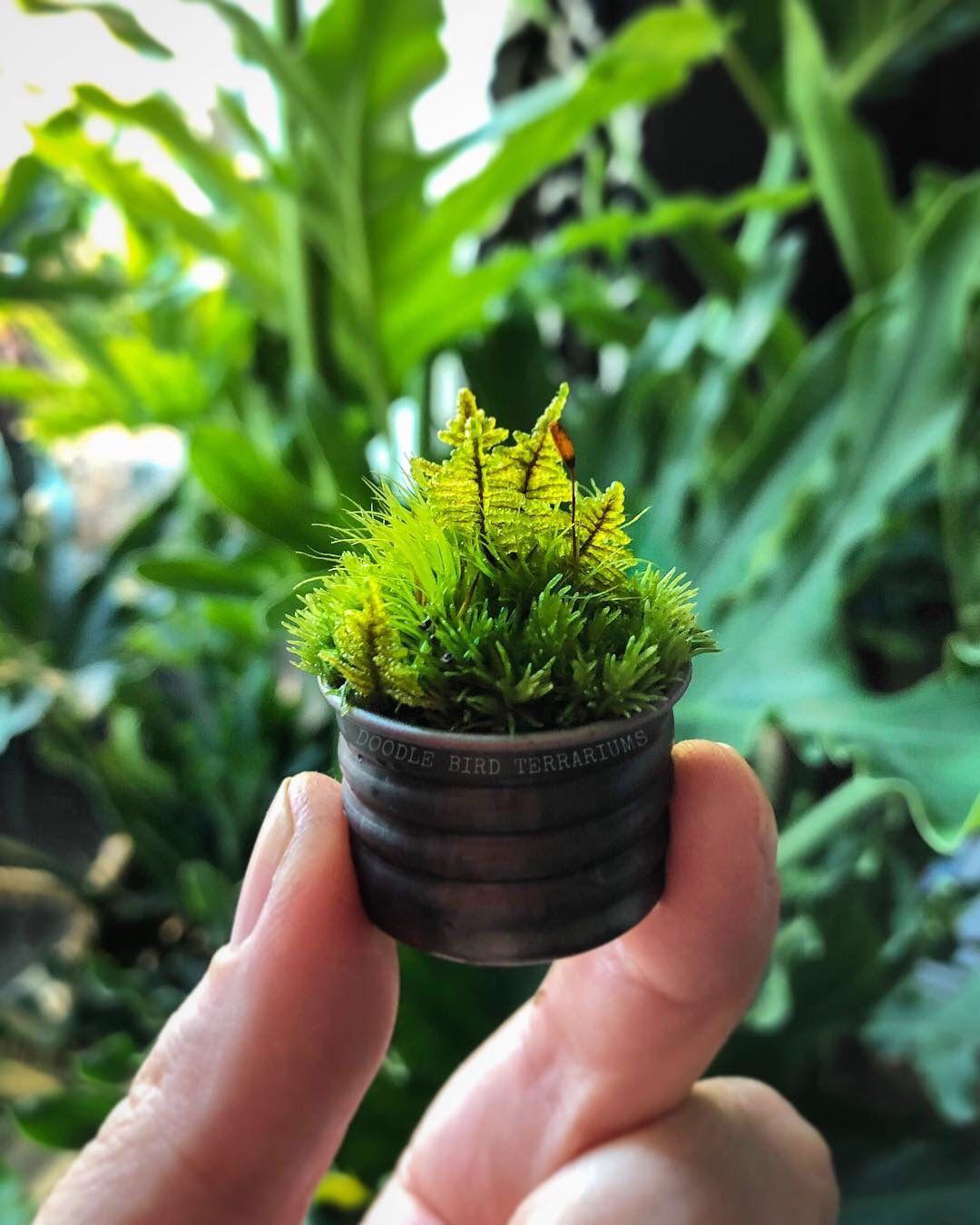
be5ab70372a5f0f1cd85e0b8c8aea80e.jpg from: https://www.pinterest.de/pin/miniature-moss-terrarium–6122149485719135/
Like other mosses, Timmiella plays important ecological roles. It helps retain moisture in the soil, prevents erosion, and provides habitat for micro-organisms. Timmiella has several adaptations that allow it to thrive in harsh conditions:
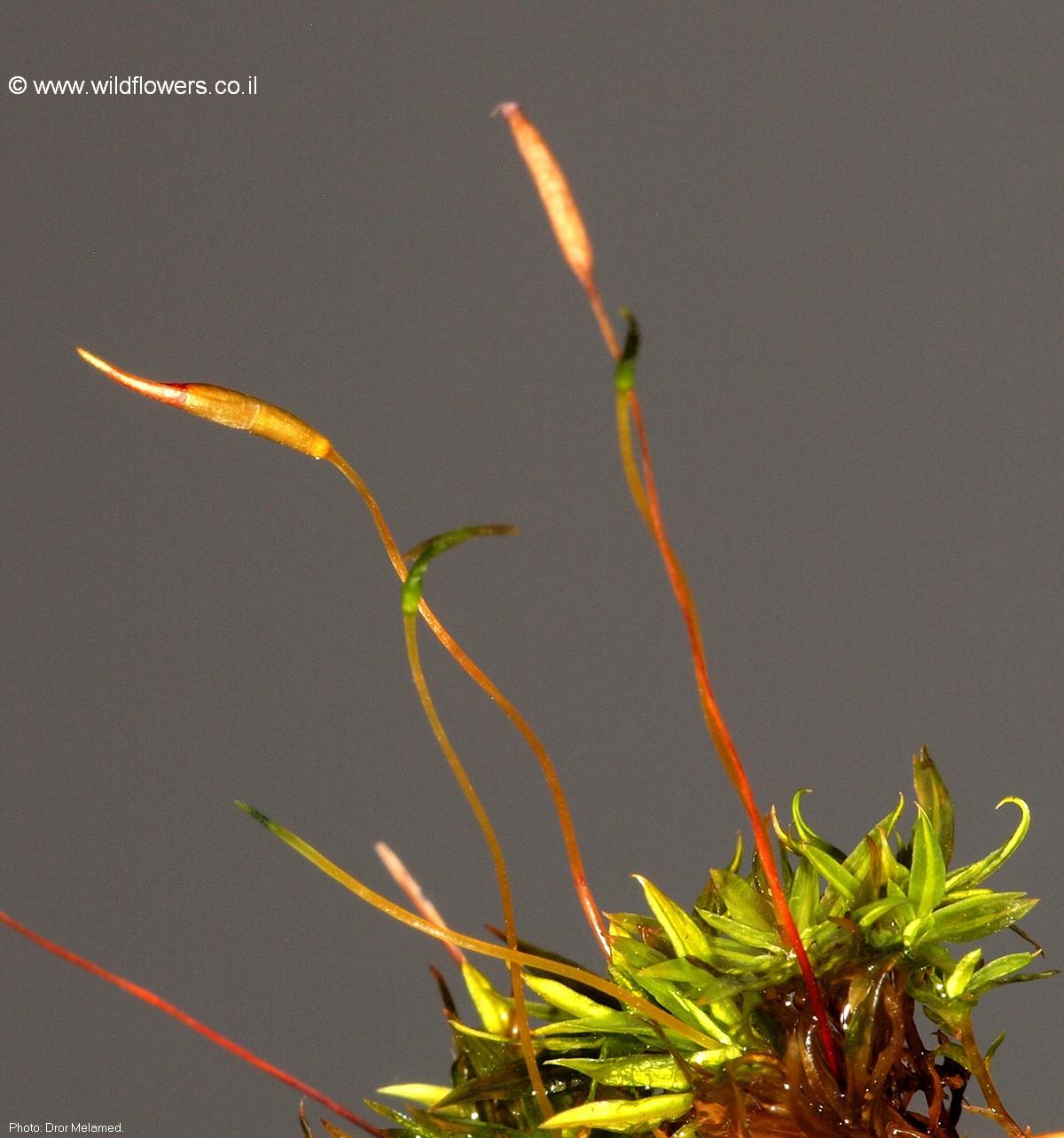
3199-l-7.jpg from: https://www.wildflowers.co.il/hebrew/picture.asp?ID=19123
- Thick cell walls to prevent water loss
- Rhizoids (root-like structures) to anchor it to the substrate
- Ability to dry out and rehydrate quickly when water is available
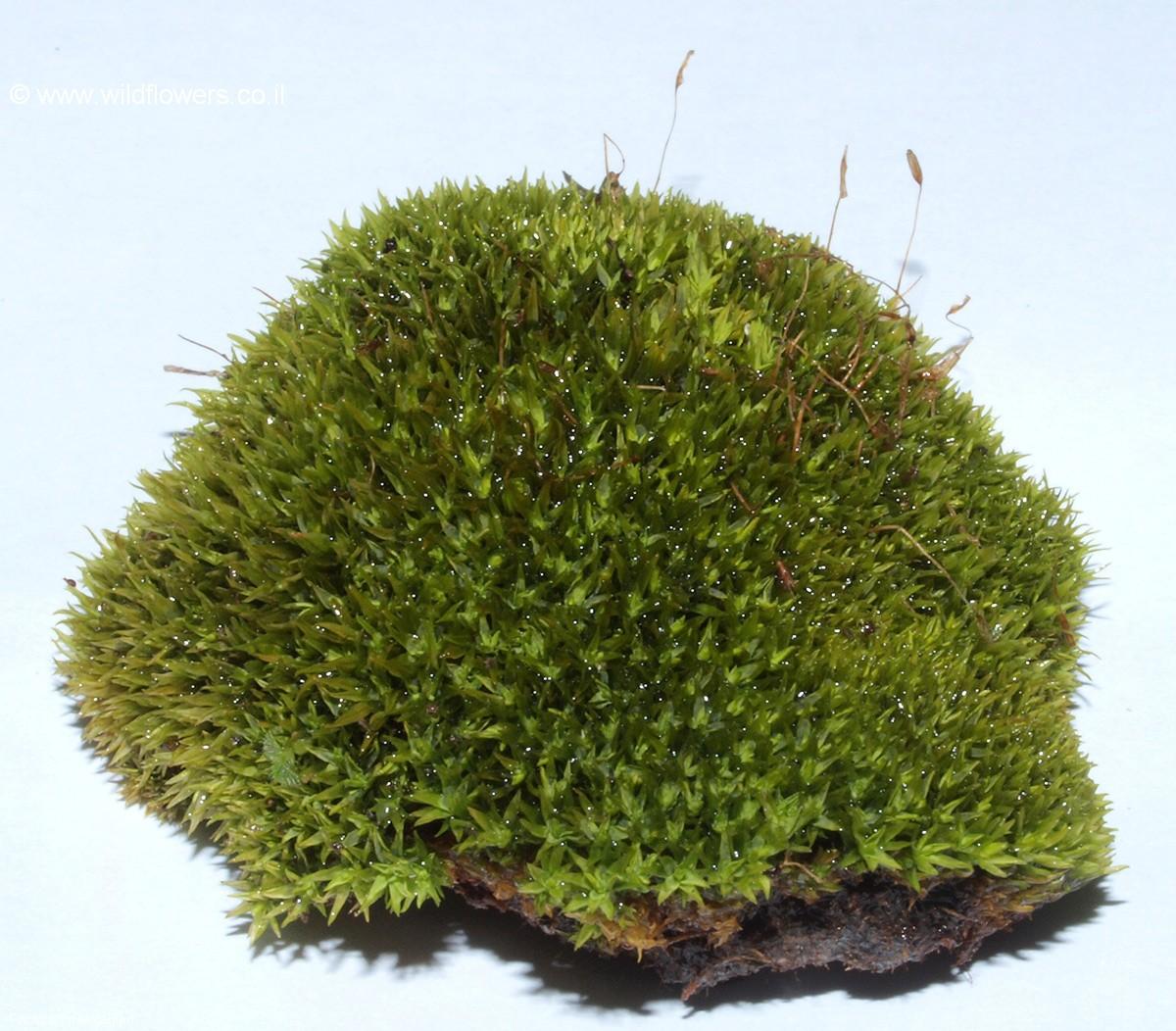
3199-l-4.jpg from: https://www.wildflowers.co.il/hebrew/picture.asp?ID=18565
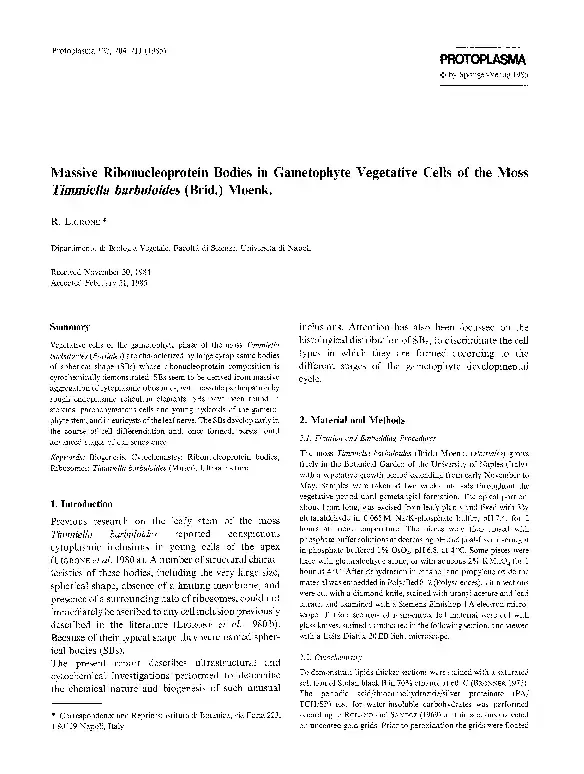
mini_magick20190208-21442-1vk2k4g.png from: https://www.academia.edu/11373342/Massive_ribonucleoprotein_bodies_in_gametophyte_vegetative_cells_of_the_mossTimmiella_barbuloides_Brid_Moenk
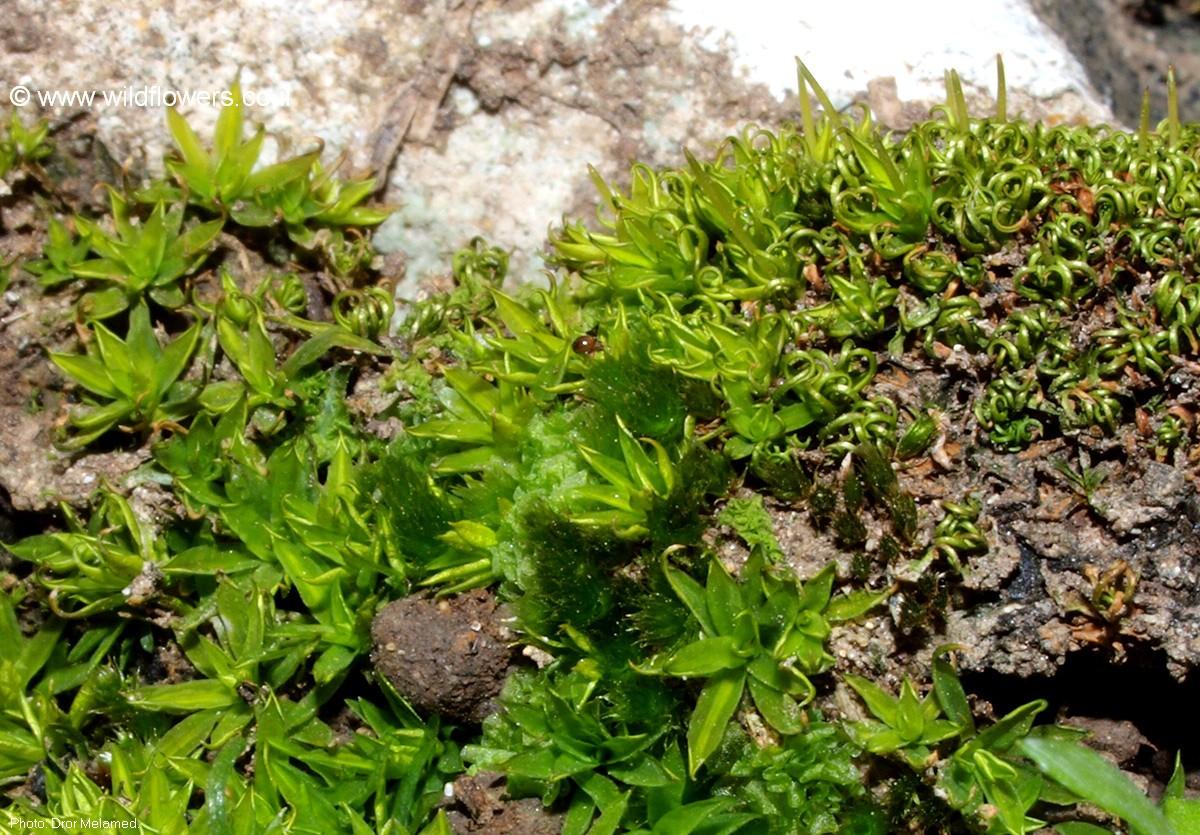
3199-l.jpg from: https://www.wildflowers.co.il/hebrew/picture.asp?ID=18562
| Characteristic | Description |
|---|---|
| Height | 1-2 cm |
| Leaf shape | Lanceolate |
| Leaf midrib | Prominent, extending to tip |
| Leaf margins | Entire, often recurved |
| Sexual condition | Dioicous |
| Seta color | Yellow to reddish-brown |
| Capsule shape | Cylindrical, erect |
Conclusion
Timmiella barbuloides may be small, but it is a resilient and adaptable moss with a wide distribution. From its distinct morphology to its important ecological roles, this tiny plant has many stories to tell. The next time you’re out in nature, take a closer look – you might just spot a patch of Timmiella making its home on a rock or tree stump. What other secrets of the moss world are waiting to be uncovered?